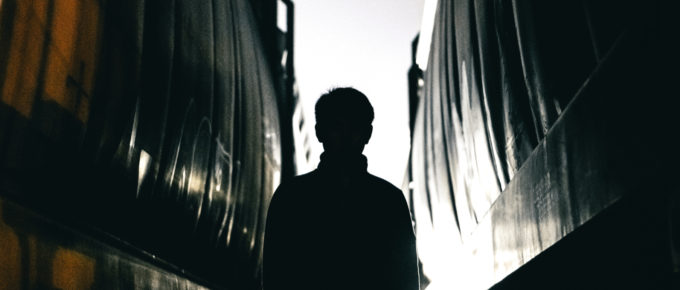The work that I specialize in is figuring out viable solutions to complex, messy and challenging projects. It is intense and it is consuming. There are also numerous pitfalls to doing it well. You try to create clarity around something that is inherently unclear. You also need to avoid making it too simple, where simple answers become tempting and potentially create further challenges. Doing this work is as much art as it is science.
We Are All Liminal Still
It’s been a year now since we all went over the cliff together and entered the space of the pandemic. We have arguably been held in liminal space ever since, individually and collectively. That’s an entirely unusual, difficult, complicated and unprecedented place to be. Liminality usually defines the transitional space for individuals or small groups. It is rare that an entire society is plunged into the void, without clarity, guidance or a clear way out. A year on, we’re still in a liminal space. Here’s what that means, and what it could mean for what comes next.
Finding The Things That Matter
Doing our best work often means pushing past what is familiar, safe and comfortable. This is particularly true when the work we are doing is complex and uncertain, where we face many options but no obvious choices, and when each decision introduces new complexities and consequences. There is no clear plan, no well-defined path and few easy answers. Leaving our comfort zone and building good solutions to challenging problems means we still need some means of navigating and course correcting. The form that takes requires answering some different and difficult but absolutely essential questions.
Finding the Things That Are True
I have always taught that a central principle of managing projects is that you should have a clear picture of what “done” and “done well” look like. That’s easy to define when something is straightforward and clear. It becomes much more complicated when we start straying into the realm of creativity, and of doing work that is complex, messy and uncertain. When we have many choices and options of how we might proceed, and those choices lead exponentially to other implications and impacts, it can be hard to know how to proceed, where to look or where the finish line is. The good news is that there are some thing to look for that can help.
Accept Discomfort
Personal growth and development is not a cakewalk. Whether you have chosen the path—or had it inflicted upon you—embarking on change is complicated, stressful, angst-ridden and uncomfortable. It is the liminal journey come to life, although it doesn’t make it any easier to accept or process. For all the theoretical merits of changing, you are going to feel adrift, challenged and very likely incompetent. The desire to retreat to a safe and familiar place is going to be tempting. Nonetheless, there are strategies to make it through to the other side.
Working Through Personal Change
We all work through change at some point in our lives. More to the point, we frequently experience change, and often several changes at the same time. As universal as the experience is, there is precious little guidance on how to make it through. This is not a rational, linear process. There is a starting point and an ending point, and what happens in between is anything but predictable and easy. Which isn’t to say that there aren’t structures that we can understand, and ways through that we can find. We just need to know where to look.






